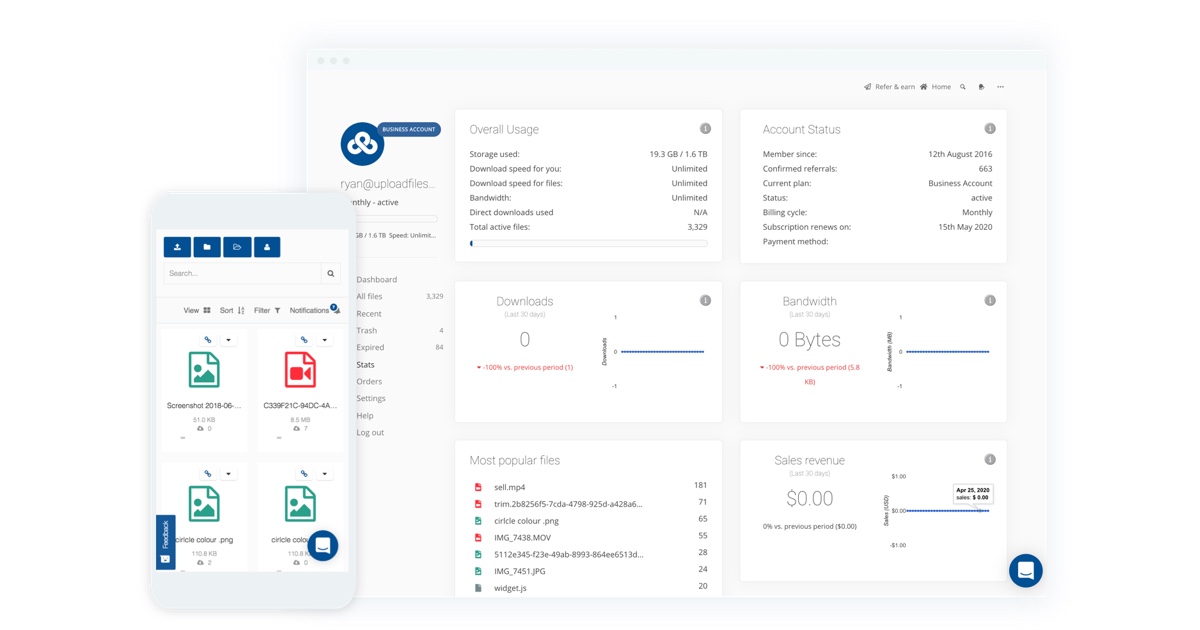thewraith2008
Member
- Joined
- Nov 22, 2016
- Messages
- 1,896
- Reaction score
- 897
I read in whitepapers for Capacity Plus (CAP+), that private calls can be used.
I can't remember ever seeing a private call occurring but I'm interested if anyone has ever seen these types of calls.
How are private calls announced in a Capacity Plus system?
As we know with CAP+, all calls originate on the rest channel with all non participating parties moving to the new rest channel.
Normally, group calls (or what DSD+ calls TXI*) are announced via the CSBKO:62 FID:16 (Cap+_CH_Status) PDU.
My guess is that the Cap+_CH_Status does not announce private calls that are occurring on the CAP+ system channels is because it can't.
The fields it uses for channel activity only allows for 8 bits which are used to indicate the TG that is active on the channel.
A private call would require 16 bits to indicate target/called MS.
* Can someone remind me what TXI means in the context of DSD+. Are there other indicators used?
The next step in a call activity/setup is the use of the FLCO:4 FID:16 (Cap+_TX_User) in a VoiceLC Header PDU (SlotType: DataType: 1)
My guess is that a private call could be indicated here by the use of the 1st reserved bit (xxRRxxxx) in the (flco) service options.
If CAP+ has a private call, does it use the call maintenance PDUs the normal way?
Thanks for sticking with me on this.
I can't remember ever seeing a private call occurring but I'm interested if anyone has ever seen these types of calls.
How are private calls announced in a Capacity Plus system?
As we know with CAP+, all calls originate on the rest channel with all non participating parties moving to the new rest channel.
Normally, group calls (or what DSD+ calls TXI*) are announced via the CSBKO:62 FID:16 (Cap+_CH_Status) PDU.
My guess is that the Cap+_CH_Status does not announce private calls that are occurring on the CAP+ system channels is because it can't.
The fields it uses for channel activity only allows for 8 bits which are used to indicate the TG that is active on the channel.
A private call would require 16 bits to indicate target/called MS.
* Can someone remind me what TXI means in the context of DSD+. Are there other indicators used?
The next step in a call activity/setup is the use of the FLCO:4 FID:16 (Cap+_TX_User) in a VoiceLC Header PDU (SlotType: DataType: 1)
My guess is that a private call could be indicated here by the use of the 1st reserved bit (xxRRxxxx) in the (flco) service options.
- Is this what DSD+ uses to indicate TXI ?
If CAP+ has a private call, does it use the call maintenance PDUs the normal way?
- FLCO:0 (Grp_V_Ch_Usr) for group calls
- FLCO:3 (UU_V_Ch_Usr) for private calls
- Or does it only use the Grp_V_Ch_Usr PDU and use the reserved bit (g_i?) to indicate GRP/PRIV activity?
Thanks for sticking with me on this.



